Activated Carbon Air Filters: What are they?
The filters that are most frequently used to remove gasses are carbon air filters. They are used to filter volatile organic compounds (VOCs) emitted from common household products over a bed of acid-washed activated carbon, also known as activated charcoal. Moreover, they are frequently used to eliminate odors from the air, such as the smell of cigarette smoke. Fine airborne particles like pollen, dust, or mold cannot be eliminated by them.
First, What Exactly is Carbon or Charcoal?
These terms describe the byproducts of incomplete combustion and are interchangeable. Think about the burned piece of wood that is left over from a campfire. Due to inadequate heat or a lack of oxygen, the wood has only burnt away in places where it is easily combustible.
The majority of the black char that is left is carbon. When a material is heated in a vacuum chamber during the industrial process of manufacturing charcoal, all the volatile chemicals are released while all the carbon is left behind. Charcoal is typically made from wood, although it may also be made from coal and coconut shells.
Every ingredient produces a slightly different type of charcoal.
The history of carbon filtration.
How did people discover that carbon can be useful for removing contaminants? The first application was probably to clean off impurities from smelted metal so that bronze could be produced. It appears that the first people to utilize it medically, to eliminate odors related to illnesses, were the Egyptians.
We know that to keep the water fresh on prolonged journeys, sailors in the 16th through the 18th centuries sometimes kept their drinking water in barrels that had either been burned or covered with charcoal on the interior. Activated carbon in water treatments is popular.
The use of charcoal air filters in gas masks during World War I attempted to filter out some of the lethal gasses used against the troops, but they were only successful against a limited number of the poisons. Only after World War II did the manufacture and use of acid-washed activated carbon increase significantly, finally resulting in the creation of current powdered activated carbon water and carbon filter air purifier. Activated carbon is also used in the food industry and gold recovery.
What is Activated Carbon?
Carbon that has undergone further processing to enhance its capacity to capture gas molecules is known as activated carbon. In order to significantly increase the surface area of the carbon, it is first injected with hot air, carbon dioxide, or steam. This creates a lattice of microscopic holes to form in the carbon.
As a result, there are many more opportunities for molecules to become trapped, amplifying the carbon's efficiency as a filter medium. The majority of powdered activated carbon is additionally given a chemical treatment that boosts its capacity to filter certain contaminants.
How Do Gaseous Contaminants Get Trapped by Carbon Air Filters?
Using a process called adsorption, carbon filter air purifiers eliminate airborne contaminants. Keep in mind that this is not the same as absorption. The material you wish to get rid of gets absorbed into the absorbent's structure (much like a sponge), but it doesn't really mix with the molecules of the absorbent.
Hence, when you use a sponge to absorb water, the water doesn't chemically attach to the sponge. It only fills up the empty places inside it. On the other hand,carbon filter air purifiers use adsorption rather than absorption.
The main difference is that during adsorption, the contaminants stick to the carbon's surface. Like with a sponge, pollutants get absorbed into the structure when absorption occurs. Carbon is made up of a network of interconnected carbon atoms.
The increase in the surface area resulting from the activation process offers gasses more surface area to adhere to, which is why it is crucial. If an available adsorption site exists, a gaseous molecule can adhere to the bed's surface after passing through the carbon.
A carbon filter air purifier can eliminate organic compounds (gasses) from the air through the process of adsorption. The issue with the acid-washed activated carbon bed is that the gaseous contaminants gradually fill up the activated carbon's adsorption sites over time. As the air purifier with activated carbon filter bed becomes saturated, it can no longer capture contaminants.
The affinity of a specific chemical for the sorbent is strongly influenced by environmental factors like temperature and relative humidity. In fact, molecules having a higher affinity for an adsorption site might displace those with a lower affinity. As a result, the air purifier with an activated carbon filter may release various substances as the environment changes. When an air purifier with an activated carbon filter is saturated, it may start to emit an odd smell.
How to use an activated carbon air filter efficiently?
When utilized properly, carbon air filters may be crucial to your home's air purification system.
1. Ensure that sufficient carbon is utilized. Although not all carbon is made equal and some might have more binding sites (and saturation capacity) than others, a good quality acid-washed activated carbon air purifier typically needs a good amount of carbon.
This is just a basic rule. But, in general, the use of additional carbon can increase effectiveness since there will be more adsorption sites for the carbon to adhere to.
2. Airflow is important. The air must travel through the carbon for the longest period of time possible in order to cleanse the air of as many impurities as is practical. "Dwell time" is a term used in the air filter business to describe this. An air purifier with activated carbon filter with a thick layer of carbon and a long dwell period will be far more efficient than one with a thin coating of carbon.
3. Replace the carbon filter. The carbon stops functioning as an air filter as soon as it is saturated. When this happens, you must immediately swap it out for a brand-new air purifier with an activated carbon filter. There is no ideal way to determine when carbon is saturated, which is the problem. Sometimes the smell will be noticeable, sometimes it won't. While this is only a rough estimate, you can follow the manufacturer's instructions and replace them frequently. Depending on how much it is used and how many contaminants it is exposed to, the carbon becomes saturated.
What is the benefit of activated carbon?
In a few situations, activated carbon air filters might be beneficial.
1. Organic Volatile Compounds (VOCs)
VOCs in the air may be effectively filtered using carbon air filters. These are gaseous compounds that can't be trapped by the majority of mechanical filters, even HEPA filters. A carbon filter may purge the air of some of the gasses that are released into it by things like cigarette smoke, drying paint, or cleaning supplies. Some of the chemicals that can be eliminated by carbon filters include benzene, toluene, xylene, and several chlorinated substances.
2. Odors
Unpleasant scents cannot be at all removed by mechanical air filters that simply filter particles. As they cannot completely eliminate odors, people frequently use carbon filters for this purpose.



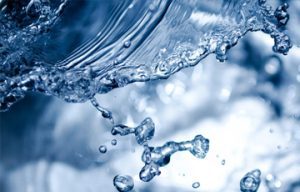



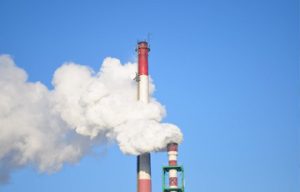

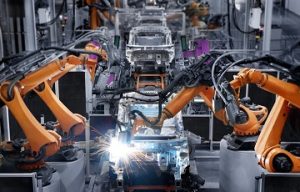

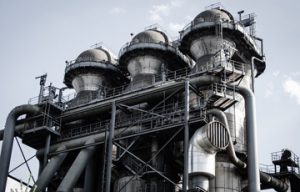
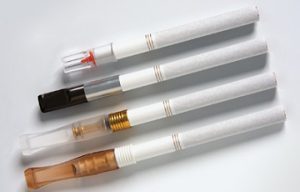

Comments are closed!